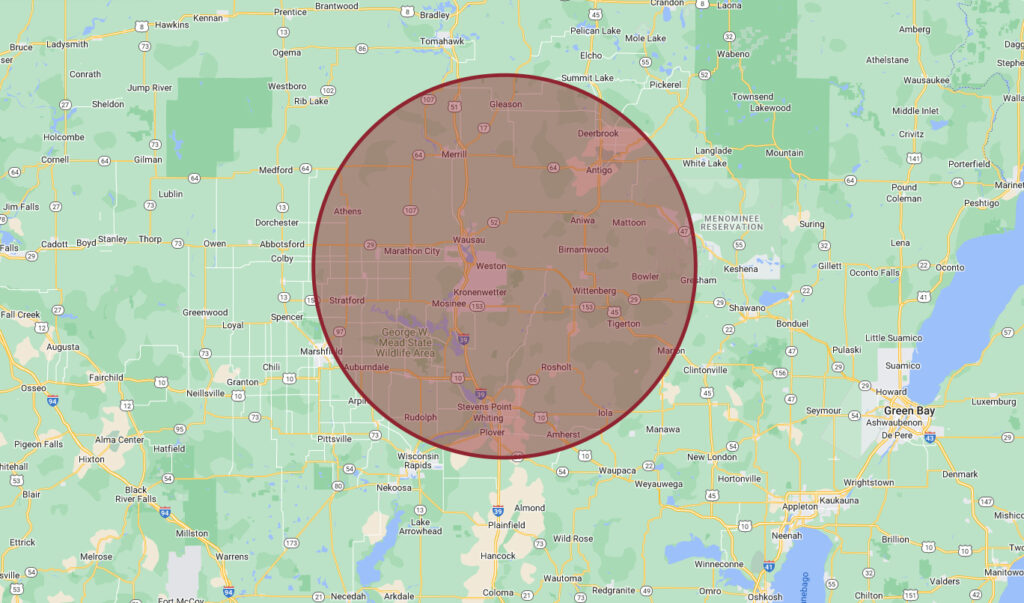Taking on a major home project, like installing a heat pump, can feel like a big deal. It’s always helpful to know what you’re walking into so you can avoid surprises and feel confident about the process. For many homeowners, replacing or upgrading a heating system is a chance to improve energy efficiency and meet heating and cooling needs, but understanding the details ahead of time can make the journey smoother.
We’ll walk you through what to expect during a heat pump installation so that you’re prepared for the project ahead.
Heat Pump Basics
Before diving into the details of the installation process, let’s cover the basics. Heat pumps are versatile systems that provide both heating and cooling by transferring heat rather than generating it. They are energy-efficient and can reduce reliance on fossil fuels compared to traditional systems. Common types include air source, ground source, and ductless systems, each suited to different installation requirements and climates.
What Is Required to Install a Heat Pump?
Heat pump installations vary depending on your home’s setup, but there are a few key elements needed for most installations:
- Proper Sizing: A professional HVAC contractor will conduct a Manual J load calculation to determine the right size heat pump for your home based on factors like square footage, local climate, and insulation.
- Electrical Systems: Upgrading or adjusting your electrical panel may be necessary to support the new system.
- Ductwork or Ductless Options: If you’re replacing an old unit, your existing ductwork will need to be inspected and possibly modified.
- Proper Ventilation: The installation area must have proper ventilation to accommodate the indoor unit or air handler and the outdoor condenser.
What to Expect During a Heat Pump Installation
Knowing the steps involved in the installation process can help you feel more confident as work gets underway. Here’s a closer look at what to expect during a heat pump installation:
Pre-Installation Assessment
The process begins with a home assessment. A technician will examine your current HVAC system, evaluate the installation area, and identify any major modifications needed.
During this visit, they’ll check:
- Existing ductwork or the need for a ductless setup.
- The electrical system’s capacity to handle the heat pump.
- The best locations for the indoor and outdoor units.
This is also a great time to ask any questions you have about the installation process.
Preparing Your Home
Before installation day, you may need to:
- Clear areas around the outdoor and indoor units.
- Arrange for old system removal if needed.
- Notify your utility company if temporary power adjustments are required.
The Installation Process
The actual pump installation typically takes one to two days, depending on the complexity. Here’s a breakdown:
- Outdoor Unit Placement: The outdoor condenser will be installed on a composite pad to keep it stable and level. It needs to be placed in an area with good airflow and easy access for maintenance.
- Indoor Unit and Connections: The air handler or indoor unit is installed in the designated area, often near existing ductwork. Refrigerant lines, copper lines, and electrical connections will then link the indoor and outdoor units.
- Ductwork Adjustments: If your system uses ducts, the installation team may need to modify or seal them to ensure proper airflow. For homes using mini splits, wall-mounted units will be placed strategically throughout the home.
System Commissioning
Once the components are installed, the system is tested and fine-tuned. This step includes:
- Charging the system with refrigerant using a recovery machine and recovery tank.
- Verifying that the heat pump size is suitable for your home’s heating and cooling needs.
- Setting up a new thermostat or connecting the system to an existing one.
Final Checks and Walkthrough
After installation is complete, the technicians will:
- Test the system to make sure it’s running properly.
- Provide a demonstration of how to use your new heat pump.
- Offer maintenance tips to keep it working efficiently.
Why Work With a Professional HVAC Contractor?
While knowing what is required to install a heat pump is essential, there are additional factors to keep in mind. For instance, choosing a reliable HVAC company is one of the most important steps in the process. A good installer will guide you through every detail, from selecting the right heat pump to handling the final step of testing and calibration.
The team at PGA Inc. has helped homeowners upgrade their systems to meet modern energy standards. Whether you’re installing a new heat pump system or considering other heating services in Wausau, WI, our HVAC contractors are here to help.
Install a New Heating System in Wausau, WI, Today!
Upgrading to a heat pump is a great way to improve your home’s comfort and energy efficiency. Knowing what to expect during a heat pump installation can help you feel prepared and confident throughout the process.
If you’re ready to get started or have questions about what is required to install a heat pump, our team at PGA Inc. is here to assist. We’re proud to offer a full range of services, including heat pump and furnace installation in Wausau, WI. Contact us today to schedule your heat pump installation!




